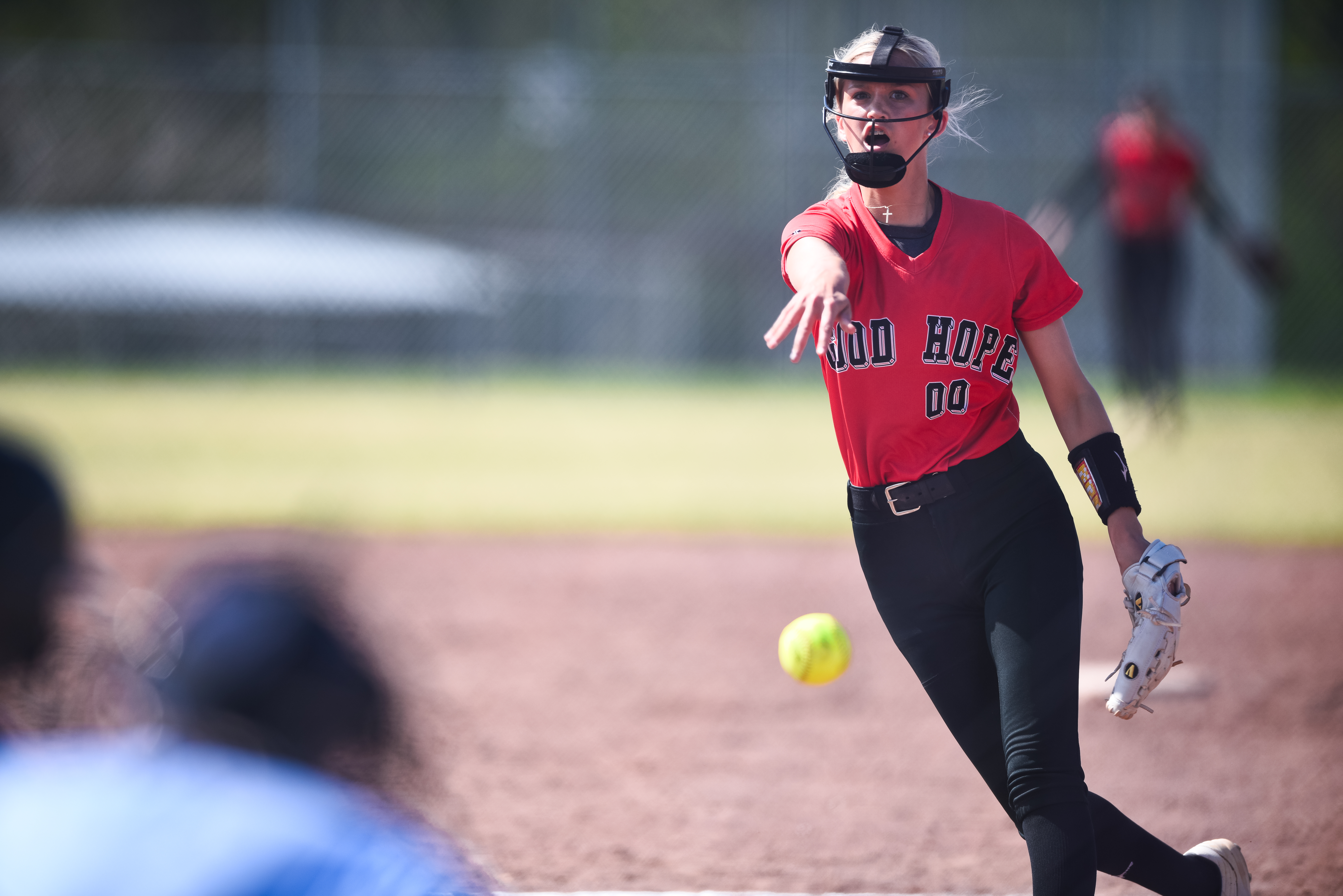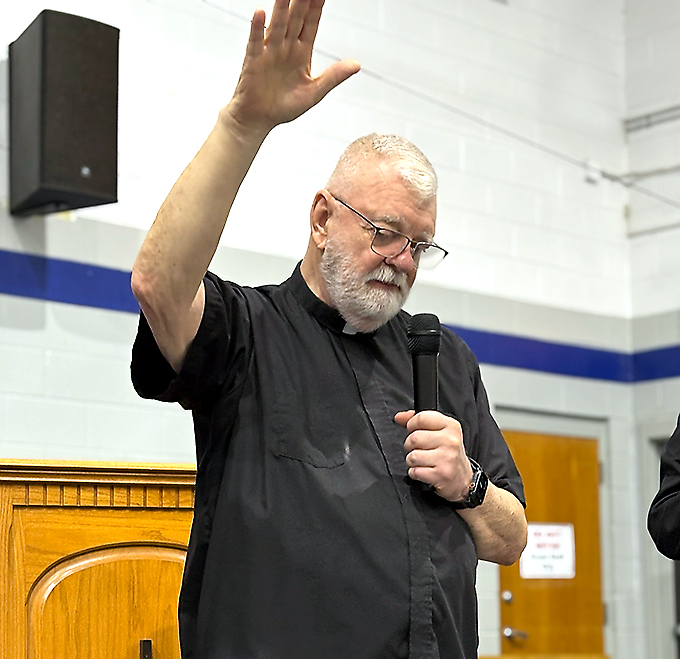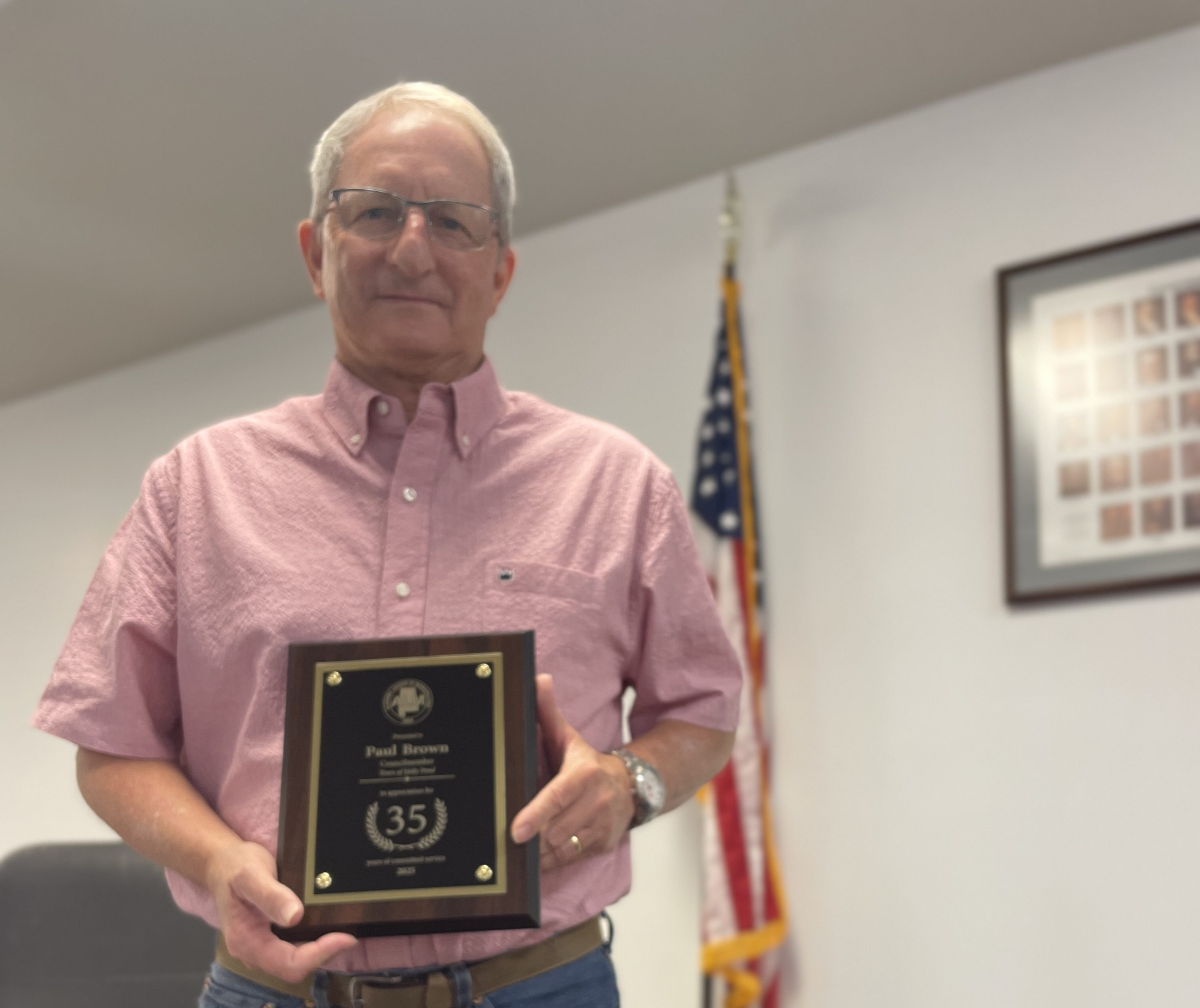Officials to unveil historic G’dale markers
Published 8:19 am Wednesday, April 7, 2010
Gardendale’s history will soon be etched in something even better than stone.
Following opening ceremonies of the Magnolia Festival on April 17, officials will unveil a large metal plaque near Millennium Park that will highlight significant moments in Gardendale’s history.
Gardendale received the plaque from participating in the statewide Year of Alabama Small Towns and Downtowns, which is sponsored by the office of the governor, Alabama League of Municipalities, Alabama State Chambers of Commerce and the Alabama Tourism Department.
The Alabama Tourism Department paid for the Gardendale plaque, as well as others around the state.
“The marker gives us a historical rundown of Gardendale back as far as we could go,” said Kermit Dooley, president of the Gardendale Historical Society, Inc.
The history starts in 1814 with the Battle of Horseshoe Bend and subsequent treaties that resulted in Indian land becoming what is now the State of Alabama.
The narrative also describes land purchases, including the first one recorded in Gardendale in 1824 by John Belcher. Others that followed were Otis Dyer in 1826 and Zachariah Stagg in 1834.
Other details include early businesses such as James I. Kimmon’s store, sawmill and cotton gin; James and Elijah H. Moncrief’s cotton gin and sawmill; and William Harrison Parker’s grist mill.
Churches, Gardendale’s 1870s jug factory and early doctors and mayors are also memorialized on the monument.
Dooley said he is pleased to see the monument going up in Gardendale. He particularly wants younger generations to understand and appreciate their city’s history.
After unveiling the plaque at about 10 a.m., Dooley and other members of the Gardendale Historical Society will be available throughout the day at two booths at the Magnolia Festival, which will be at the Gardendale Civic Center.
The booths will feature pictures, documents and items such as mule plows, wash pots a corn sheller and a churn.
“We’ll let kids shell an ear of corn and explain the process of taking the corn to the mill and turning it into meal,” Dooley said.
Some of the members will be dressed in period clothing, including Robert Rice of Blount County as a mountain man in a deerskin suit and coonskin cap, and J.B. Salter as a Native American.





